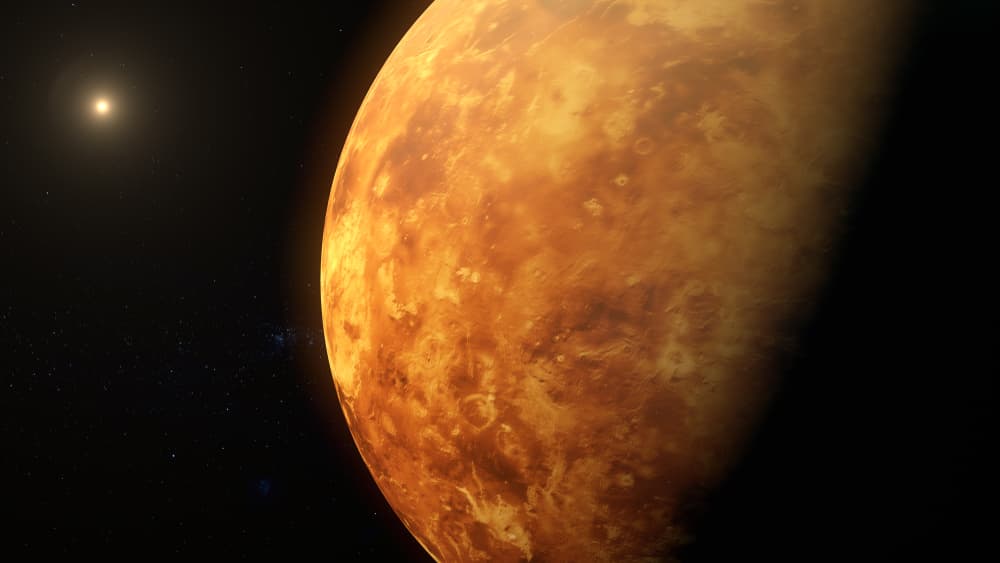odanny
Diamond Member
Mainly because Mercury has no atmosphere, and Venus has a runaway greenhouse effect, with its atmosphere being 97% carbon dioxide. It may have had water before, but those oceans would have turned to steam, contributing to the greenhouse effect. Venus is the hottest planet in our solar system.
Convection is the transfer of heat energy in a fluid and a planet’s atmosphere acts like a fluid. Warm air rising and cold water sinking when it’s added to a bathtub of hot water are examples of convection.
Venus’s atmosphere is 96% carbon dioxide, 3.5% nitrogen and less than 1% each of carbon monoxide, argon, sulfur dioxide, and water vapor. The atmosphere is so dense that it would feel like walking through water and the atmospheric pressure on Venus’s surface is over 90 times that of Earth’s.
Carbon dioxide absorbs energy at a variety of wavelengths between 2,000 and 15,000 nanometers, which corresponds to infrared energy. As the carbon dioxide soaks up infrared energy, it vibrates and re-emits the infrared energy back in all directions. Energy easily enters Venus’s atmosphere as visible light but can’t leave as infrared energy. Atmospheric convection means that Venus’s temperature is constant across all latitudes and the planet doesn’t cool down at night.
This atmospheric convection is responsible for the runaway greenhouse effect that envelops the entire planet, keeping it incredibly hot at all times.

 starlust.org
starlust.org
Convection is the transfer of heat energy in a fluid and a planet’s atmosphere acts like a fluid. Warm air rising and cold water sinking when it’s added to a bathtub of hot water are examples of convection.
Venus’s atmosphere is 96% carbon dioxide, 3.5% nitrogen and less than 1% each of carbon monoxide, argon, sulfur dioxide, and water vapor. The atmosphere is so dense that it would feel like walking through water and the atmospheric pressure on Venus’s surface is over 90 times that of Earth’s.
Carbon dioxide absorbs energy at a variety of wavelengths between 2,000 and 15,000 nanometers, which corresponds to infrared energy. As the carbon dioxide soaks up infrared energy, it vibrates and re-emits the infrared energy back in all directions. Energy easily enters Venus’s atmosphere as visible light but can’t leave as infrared energy. Atmospheric convection means that Venus’s temperature is constant across all latitudes and the planet doesn’t cool down at night.
This atmospheric convection is responsible for the runaway greenhouse effect that envelops the entire planet, keeping it incredibly hot at all times.

Why is Venus Hotter Than Mercury? - StarLust
It would make sense that the closer an object is to the Sun, the hotter it would be. So why is Venus hotter than Mercury?


